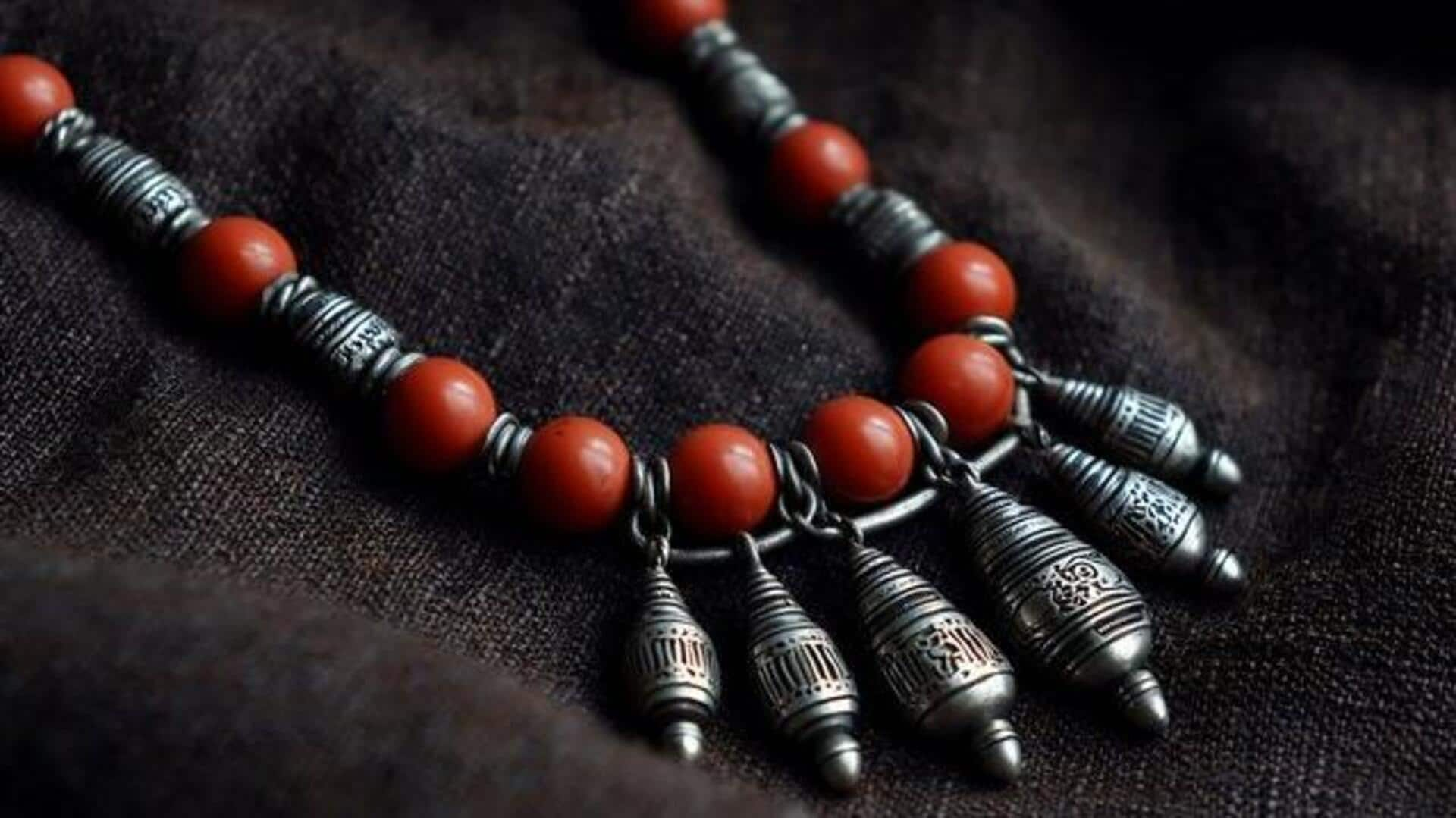
All about Tuareg silversmithing
What's the story
Tuareg silversmithing is an ancient craft that has been passed down through generations in the Sahara Desert. The Tuareg people are known for their exquisite silver jewelry, which is not just beautiful but also culturally significant. The art of silversmithing has been practiced for centuries, with artisans creating unique pieces that reflect their heritage and craftsmanship. This article explores the intricacies of Tuareg silversmithing, its cultural importance, and how it continues to thrive today.
#1
Cultural significance of Tuareg jewelry
The Tuareg people have always used silver jewelry as a symbol of status and identity. These pieces are often worn during important ceremonies and events, signifying wealth and social standing. The designs frequently incorporate traditional symbols that hold cultural meaning, connecting the wearer to their ancestry. This cultural significance makes each piece more than just an ornament; it is a part of the Tuareg heritage.
#2
Techniques used in silversmithing
Tuareg silversmiths employ a variety of traditional techniques to create their intricate designs. They use simple tools to carve, engrave, and shape the silver into beautiful patterns. The process requires great skill and patience, as each piece is made by hand with great precision. These techniques have been passed down through generations, preserving the authenticity of the craft.
#3
Materials used in crafting jewelry
Apart from silver, Tuareg artisans also use other materials such as leather and beads to enhance their jewelry pieces. Leather is often used for bracelets or necklaces as it complements silver beautifully. Beads made from glass or semi-precious stones add color and texture to the designs without overshadowing the elegance of silver.
#4
Modern influences on traditional designs
While Tuareg silversmithing remains rooted in tradition, modern influences have begun to creep in over time. Some artisans now experiment with contemporary styles while still honoring traditional motifs. This fusion allows them to appeal to a wider audience without losing their cultural identity or craftsmanship standards established by previous generations.